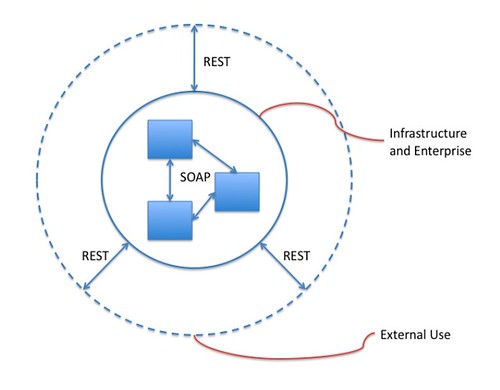We're finally settled enough to resume our wine tourism. Pierre Boursot took me to visit Domaine de La Coste, an AOC Coteaux du Languedoc property near Saint-Christol on a Saturday evening. I've published a KML doc with a view that shows the domaine's larger North-facing slope. The wise say that Mourvèdre, in the Languedoc, should face the sea, and so it's planted on the opposite slope. To the West is planted Grenache. From the top of Luc and Elisabeth Moynier's Villafranchian limestone hill one has great views in all directions.
They make a number of great red wines from Grenache, Syrah, and Mourvèdre. I brought home some Cuvée Prestige (Mourvèdre, Grenache) and Cuvée Merlette ("forte dominance de Mourvèdre") for some midwinter roasts. Not shown on their website is a delicious vin blanc named Lou Camp de la Qualitat, a blend of Roussane and Viognier. Pierre tells me that such nice white wines are a rarity in a region that favors reds.
I'm a sucker for dessert wines, and so I knew I would be taking away some of the Muscat before I'd even tasted it. They also bottle an interesting aperitif from Mourvèdre juice called La Carthagène. It's like a vin santo, but pink-brown, more tannin and less caramel. I hear that there's a long tradition of idiosyncratic sweet wines in the Languedoc, definitely something I'm keen to explore.
The most curious part of the visit was when Luc Moynier offered us some wine fresh from the fermenter. The grapes had been picked 3 days before and subjected to carbonic maceration, a process in which whole grapes spontaneously ferment in an oxygen-free tank. It's more frothy fruit punch than wine at this early stage. Some of this character will remain in the finished wine, which winemakers used to enjoy right after the harvest (see Beaujolais nouveau). If I understood correctly, the Moyniers are experimenting with blending this into a new cuvée.
Eric Asimov recently wrote about wines of the Languedoc in The Languedoc Raises Its Game. It overlooks the Saint-Christol area in favor of more well-known and widely distributed wines from Minervois, Saint-Chinian, Faugères, and Pic St-Loup, but is well worth reading. Of the wines he reviews, I've tried the Domaine de l'Hortus, and it is indeed excellent. The vineyards and winery itself are also spectacularly well situated between rocky cliffs on the other side of the Pic Saint-Loup. That might have to be our next dégustation daytrip.


Comments
Re: Shapely 1.0.13 released
Author: Brian Stankiewicz
Is there any ETA for releasing the Windows Installer? Simply installing (overwriting) the python code does not seem to fix the problem with py2exe (if it can could you describe how to do it please)?
Re: Shapely 1.0.13 released
Author: Sean
I can't recommend overwriting installed Python code, so you should hold off for a bit unless you're ready to wield the setup_windows.py script. Shapely's release process is a bit asynchronous, our Windows packaging expert is probably tied up with other stuff. He's had installers for previous releases within a few days.
Re: Shapely 1.0.13 released
Author: Brian Stankiewicz
Thanks for the update ... no, I have to admit that I am not "ready to wield the setup_windows.py script" ... or at least I can hold off for a couple of days. You're doing a great job. Thanks for all of the good work on this module!